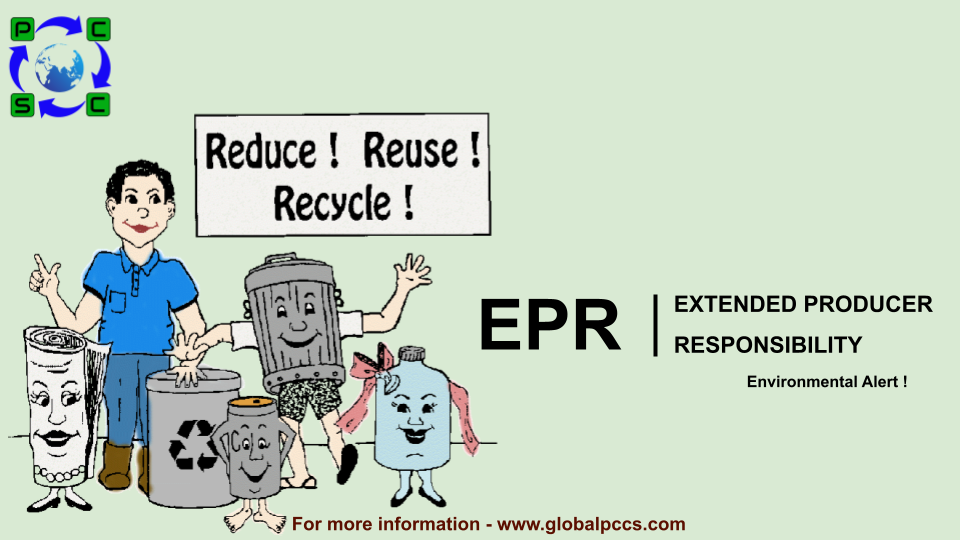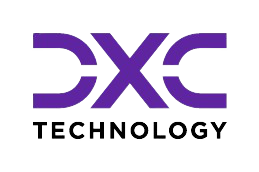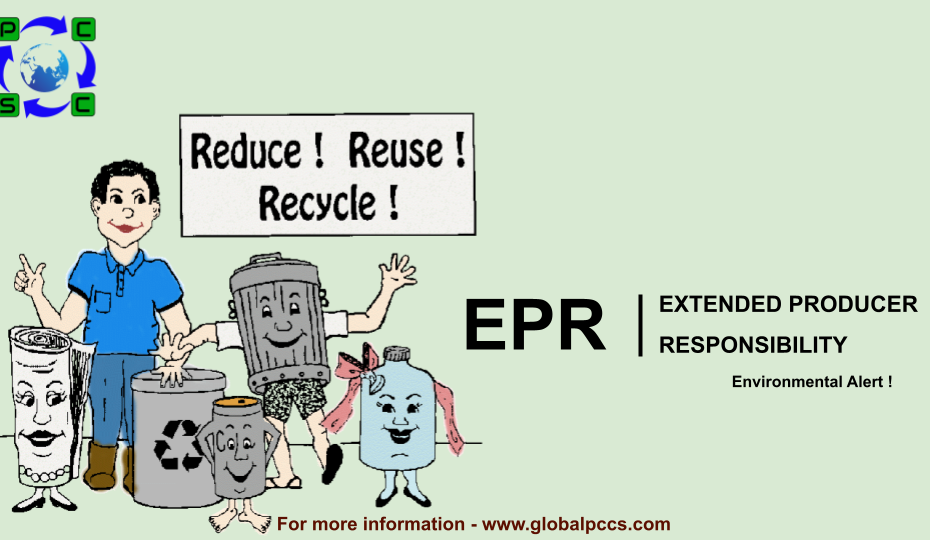
Introduction
Extended producer responsibility (EPR) is a strategy to add all of the estimated environmental costs associated with a product throughout the product life cycle to the market price of that product, contemporarily mainly applied in the field of waste management.
Extended producer responsibility legislation is a driving force behind the adoption of remanufacturing initiatives because it “focuses on the end-of-use treatment of consumer products and has the primary aim to increase the amount and degree of product recovery and to minimise the environmental impact of waste materials
Extended producer responsibility uses financial incentives to encourage manufacturers to design environmentally friendly products by holding producers responsible for the costs of managing their products at end of life.A producer takes the responsibility for financing collection, recycling and end-of-life disposal of WEEE, batteries, accumulators and packaging and other EPR product categories, Under EPR regulations, a producer of products subject to EPR requirements must mitigate the environmental impacts of their products throughout the entire product life cycle.
The EPR obligations of a producer are mainly regulated by the following EU directives:
- WEEE Directive
- Battery Directive
- Packaging Directive
What is a producer?
A producer is defined as the party who first puts a product subject to EPR requirements onto the market in the respective country, e.g. Germany or France.
- manufacture products that are subject to EPR requirements in the relevant country,
- import products that are subject to EPR requirements into the relevant country, or
- sell products that are subject to EPR requirements in the relevant country and your company is not based in that country.
For example, if you sell electronic toys to the end users in Germany and France from China, you are considered to be a producer, therefore you must be EPR compliant in both Germany and France.
What are ERP Product categories?
|
EPR CATEGORIES |
DESCRIPTION |
EXAMPLES |
|
Electrical and Electronic Equipment (EEE) |
Waste from electrical and electronic Equipment |
Waste from graphics papers |
|
Batteries |
Waste from electrical and electronic Equipment |
Waste from graphics papers |
|
Packaging |
Waste from electrical and electronic Equipment |
Waste from graphics papers |
|
Furniture |
Waste from furniture |
Household and professional furniture |
|
Textiles |
Waste from textiles |
Clothing textiles, household linens and shoes |
|
Paper |
Waste from graphics papers |
User manuals, gift cards, advertising inserts |
|
Tyres |
Waste from graphics papers |
Automotive, agrarian and heavy handling civil tyres |
In response to the growing problem of excessive waste, several countries adopted waste management policies in which manufacturers are responsible for taking back their products from end users at the end of the products’ useful life, or partially financing a collection and recycling infrastructure.
These policies were adopted due to the lack of collection infrastructure for certain products that contain hazardous materials, or due to the high costs to local governments of providing such collection services. The primary goals of these take-back laws therefore are to partner with the private sector to ensure that all waste is managed in a way that protects public health and the environment.
- Encourage companies to design products for reuse, recyclability, and materials reduction;
- Correct market signals to the consumer by incorporating waste management costs into product price;
- Promote innovation in recycling technology.
EPR Key Measures
The EPR end-of-life management of the products covered by following features.
- The producer responsibility would be implemented at the level of individual producers, but due to the significant economies of scale and scope that are often available, most EPR systems apply collective producer responsibility, which adds incentives for eco-design.
- The possible, producers’ fees should be closely linked to the actual end-of life treatment costs of their products, for instance through the use of variable (e.g. weight-based) rather than fixed (e.g., unit-based) fees and modulated fees that differ according to specific design features that make products more easily recyclable.
- In the case of globally-traded products, better eco-design incentives could also be achieved by harmonising environmentally-sensitive design.
These EPR programs create incentives for companies to design products that are easier to recycle and reuse.
How can Global PCCS help you comply with EPR requirements?
- The main aim of Global PCCS is to guide you in being accountable for environmental impacts and aspects of the product throughout its end of life cycle.
- Our experts will assist you to comply with EPR requirements .
For more information on the ERP please book a free consultation by filling the form or writing to us at Girish N@globalpccs.com








 Authorised IMDS & CDX Training & Consulting partner for
Authorised IMDS & CDX Training & Consulting partner for






